Haworthia Cooperi Var. Truncata Variegated Goimages Bauble
The Best Varieties of Haworthia Cooperi You Can Grow. Haworthia cooperi is a very variable species with many types. Oftentimes, they can even look like other haworthias. Here are some of the best H. cooperi varieties (5,6).. Haworthia Cooperi var. cooperi This is the type variety produces rosettes of fleshy, swollen, lance-shaped leaves that are bluish green and slightly translucent at the tips.

Haworthia cooperi truncata Care and Propagation Guide Succulent Alley
Haworthia Cooperi Care . Don't crowd your Haworthia cooperi—these plants like room to breathe.The biggest challenge is getting it right with light. Bright but indirect light spaces are best. Like many succulents, they're pretty forgiving if you're forgetful when it comes to watering (although a well-draining medium is a must), and they aren't heavy feeders.

Haworthia cooperi truncata Fonte das Suculentas
Haworthia Cooperi 'Truncata' also benefits from some indirect light throughout the day as well, so make sure you give it enough space to soak up light without becoming too exposed to heat. Propagation. Propagating with offsets is a great way to get more plants from the same mother plant. All you have to do is cut away an offset and pot it.
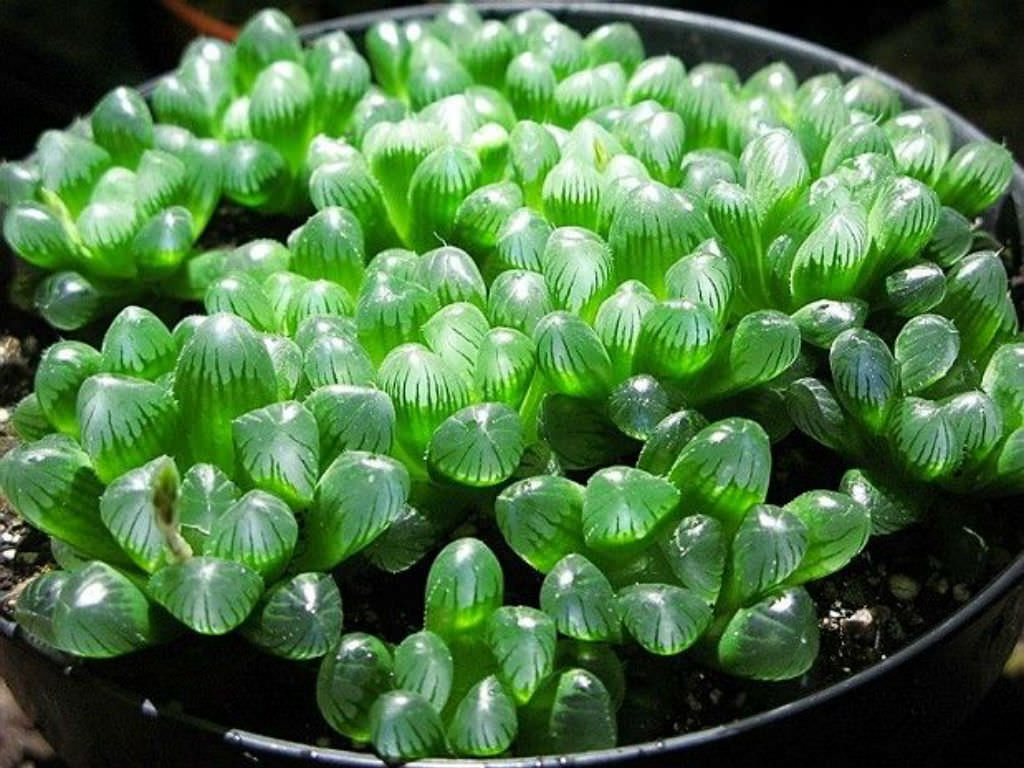
Haworthia cooperi var. truncata World of Succulents
Haworthia Truncata, otherwise known as Horse's Teeth, Perdetande, Lithops, or Maughanii, is a species of succulent plants in the Asphodelaceae family.. H. Herbacea, and H. Cooperi. Horse's Teeth is an adorable and dwarf succulent that can reach up to 0.79 inches (2 cm) in height and about 3.9 inches (10 cm) in diameter. These plants are.

Haworthia cooperi var. truncata World of Succulents
Synonyms: Haworthia Truncata var. Cooperi; Pronunciation: Ha-WORTH-ee-a, Koo-PER-ee; Family & Origin: Asphodelaceae family, native to Eastern Cape Province in South Africa;. The Haworthia Cooperi prefers warm temperatures during the summer ranging from 68° to 72° degrees Fahrenheit but also grows well in the cooler temperature, down around.
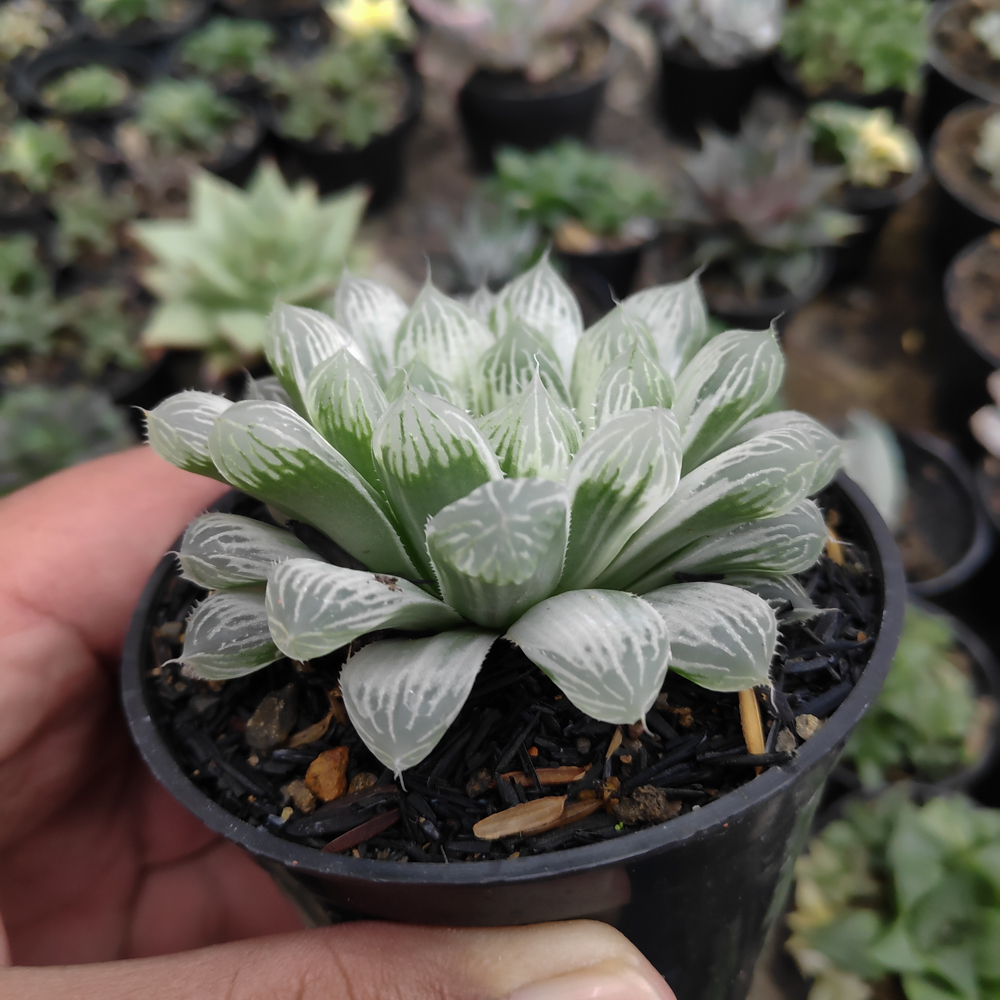
Health and High Quality 216. Haworthia Cooperi Var. Truncata White
Care guide highlights: Haworthia truncata favors light shade in summer, some full sun during the less hot months. Keep the compost almost dry in autumn and winter, just enough to prevent the leaves from shriveling.. Haworthia Cooperi - The Coolest Tips for Cooper's Haworthia Care. Haworthia. Haworthia Retusa Care Guide- Hottest Tips for.
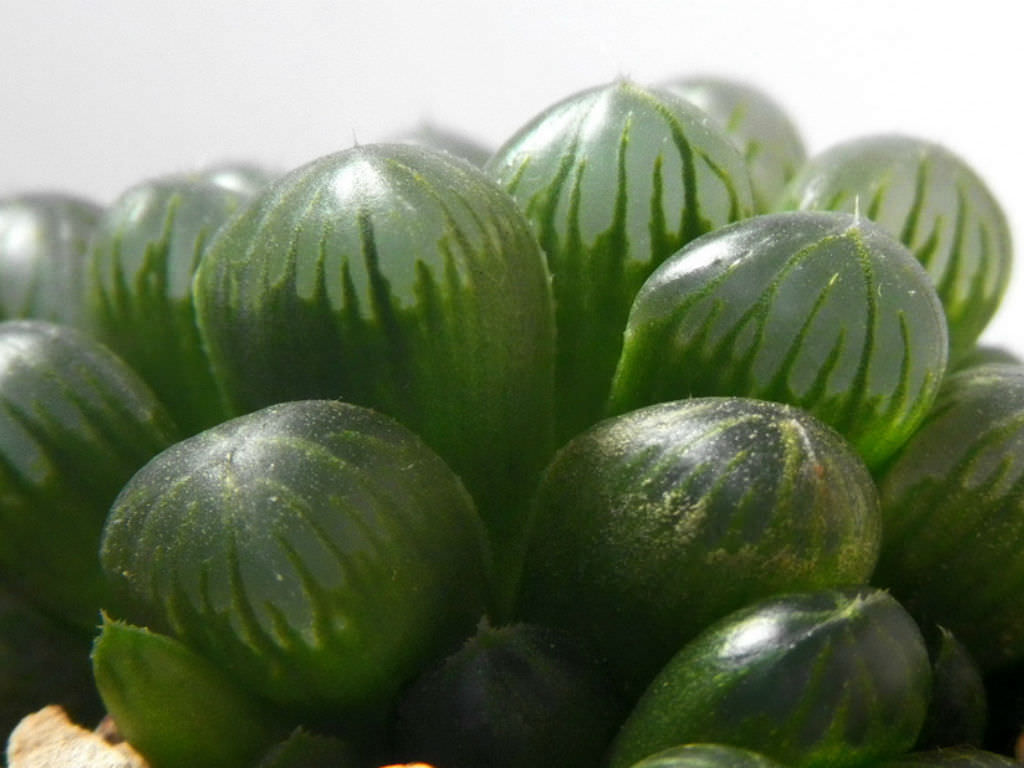
Haworthia cooperi var. truncata World of Succulents
Haworthia cooperi var. truncata is a stemless succulent that looks like a small grape cluster and makes small colonies up to 3 inches (7,5 cm) in diameter. It is a very quickly offsetting and smaller growing variety of Haworthia cooperi. Leaves are fleshy, soft, and glassy (almost transparent), 20 to 25 per rosette, round-tipped, and somewhat.
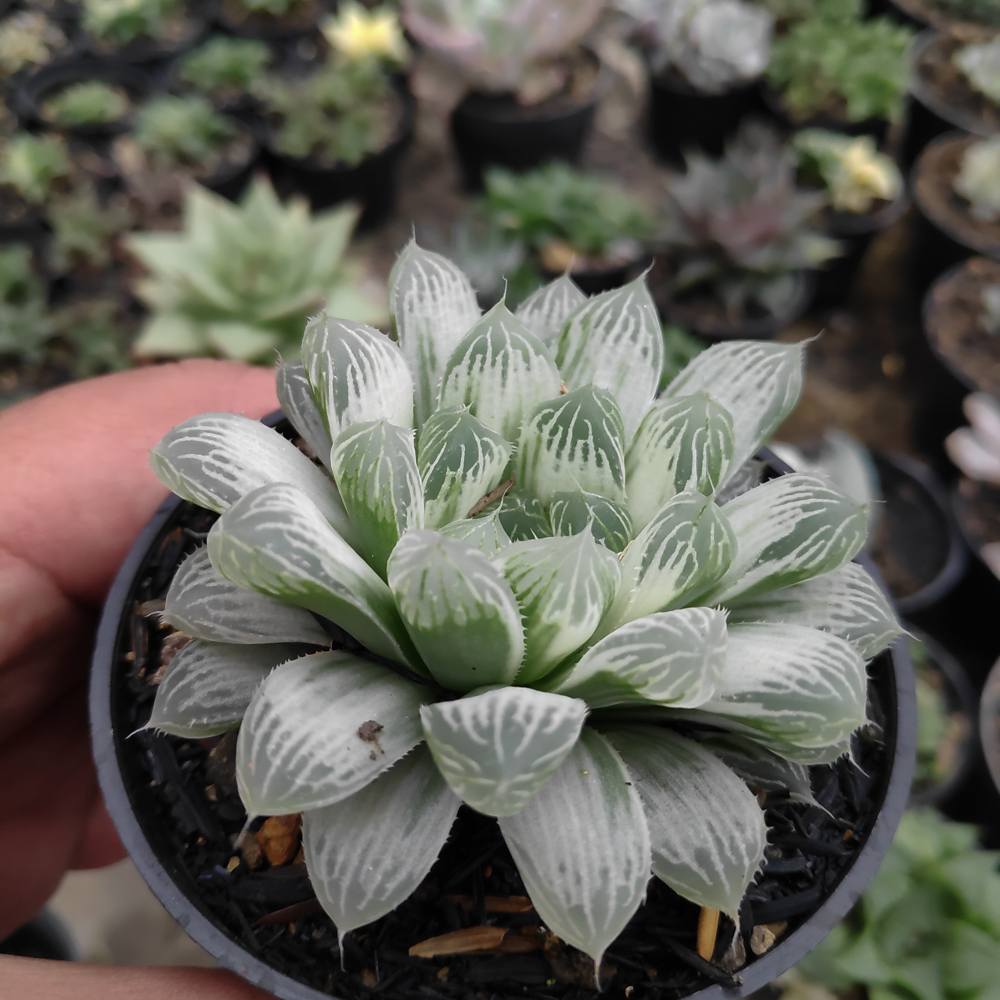
Health and High Quality 216. Haworthia Cooperi Var. Truncata White
Haworthia Cooperi var. truncata is a common houseplant and can survive indoors well, though it should be grown in as much light as possible, preferably in a sunny room with some sun directly hitting the plant. Do be careful with windowsill plants in summer as afternoon sun passing through the window will intensify and can burn plants sitting.

Haworthia Cooperi var. Truncata variegated ChinaHaworthia
Quick Facts. Full sun exposure, protection from direct light. Exceptional drainage needed and loose soil. Very slow growing, roughly 4" in diameter and 2-3" tall. With sharp scissors or a sharp tool, trim off dead leaves at the base. Many ways to propagate; use leaves, and seeds. Can also use offsets.
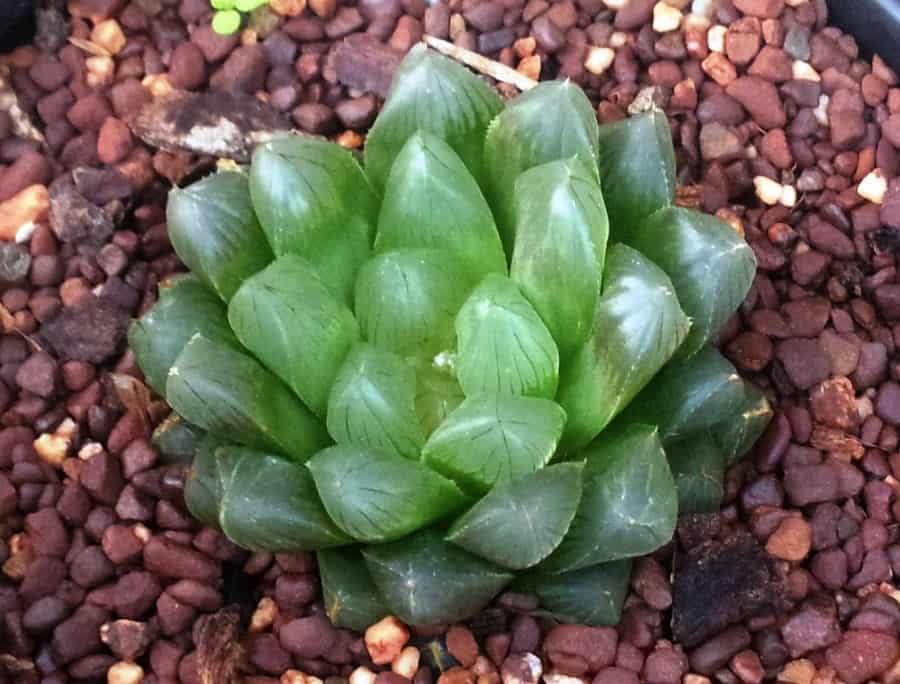
Haworthia Cooperi var. truncata The Tilth
Haworthia cooperi 'Truncata'—Looking at pictures of this Haworthia cultivar, the plant looks like a bunch of green grapes. The large bulging transparent succulent leaves form a clump up to 3" (8 cm) in diameter. Whitish flowers on long 12" stems may appear in summer.
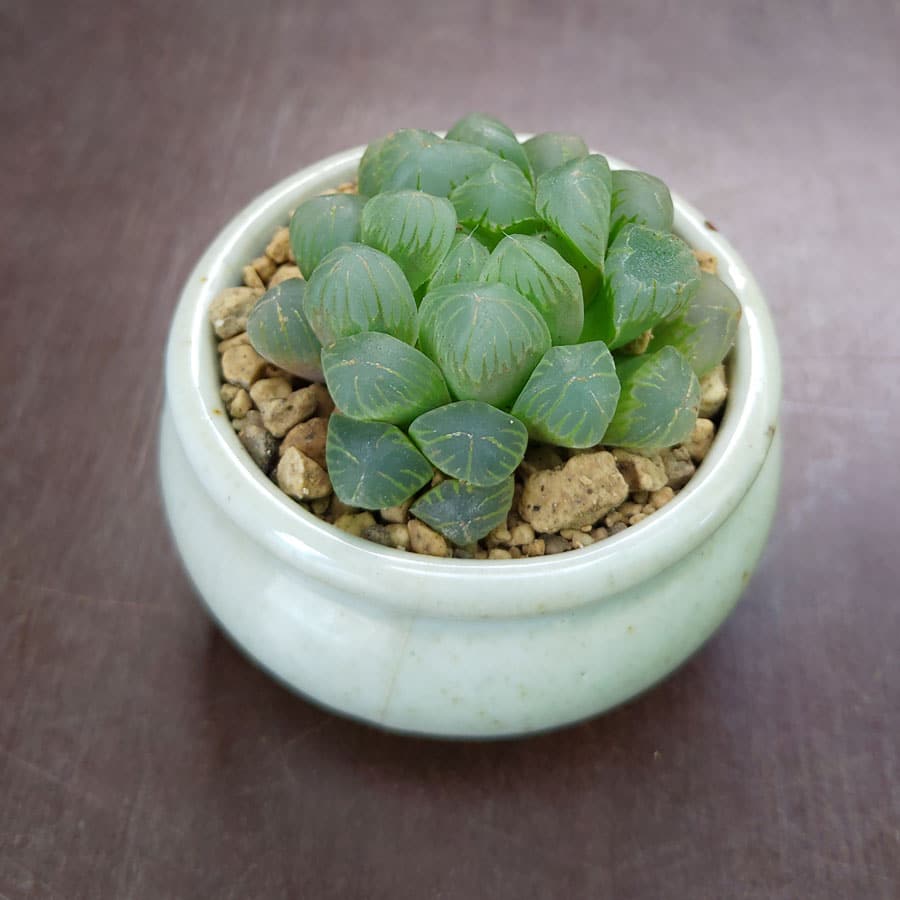
Haworthia cooperi truncata Plants
Haworthia cooperi Care. Haworthia cooperi is best suited for a temperature around 68 - 72°F (20 - 22°C). Being a succulent they can tolerate prolonged dryness but prefer a decent watering cycle to look healthy. Water every 7-10 days. They do well in well-draining soil and bright indirect light.

I never get tired of looking at Haworthia cooperi var truncata in the
How does Haworthia truncata differ from its relatives like Haworthia maxima or Haworthia cooperi? Haworthia truncata is distinctive with its fan-shaped arrangement of leaves and flat, truncated leaf-tips. This contrasts with the more pointed leaves of Haworthia cooperi or the rosette form of Haworthia maxima.

Haworthia cooperi truncata Care and Propagation Guide Succulent Alley
Haworthia cooperi is a diverse and varied species of the genus Haworthia in the family Asphodelaceae, endemic to the Eastern Cape Province in South Africa . Description[edit] Plants grow in clumps of small rosettes of tiny, fleshy, light green leaves. As one of the soft green group of Haworthias it is frequently confused with its relatives (e.g.
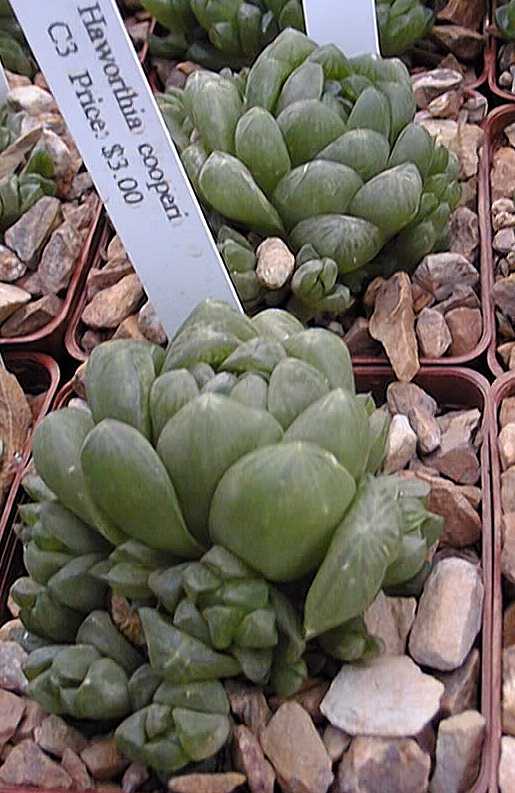
Haworthia cooperi var. truncata
Haworthia Cooperi Var. Truncata is commonly known as a beautiful looking succulent. As the plant matures expect it to reach up to 7.5 cm (3″) in diameter. The plants main feature are the fleshy green leaves that have an almost see-through top. When the plant produces floweres expect them to be white and appear from spring to summer.
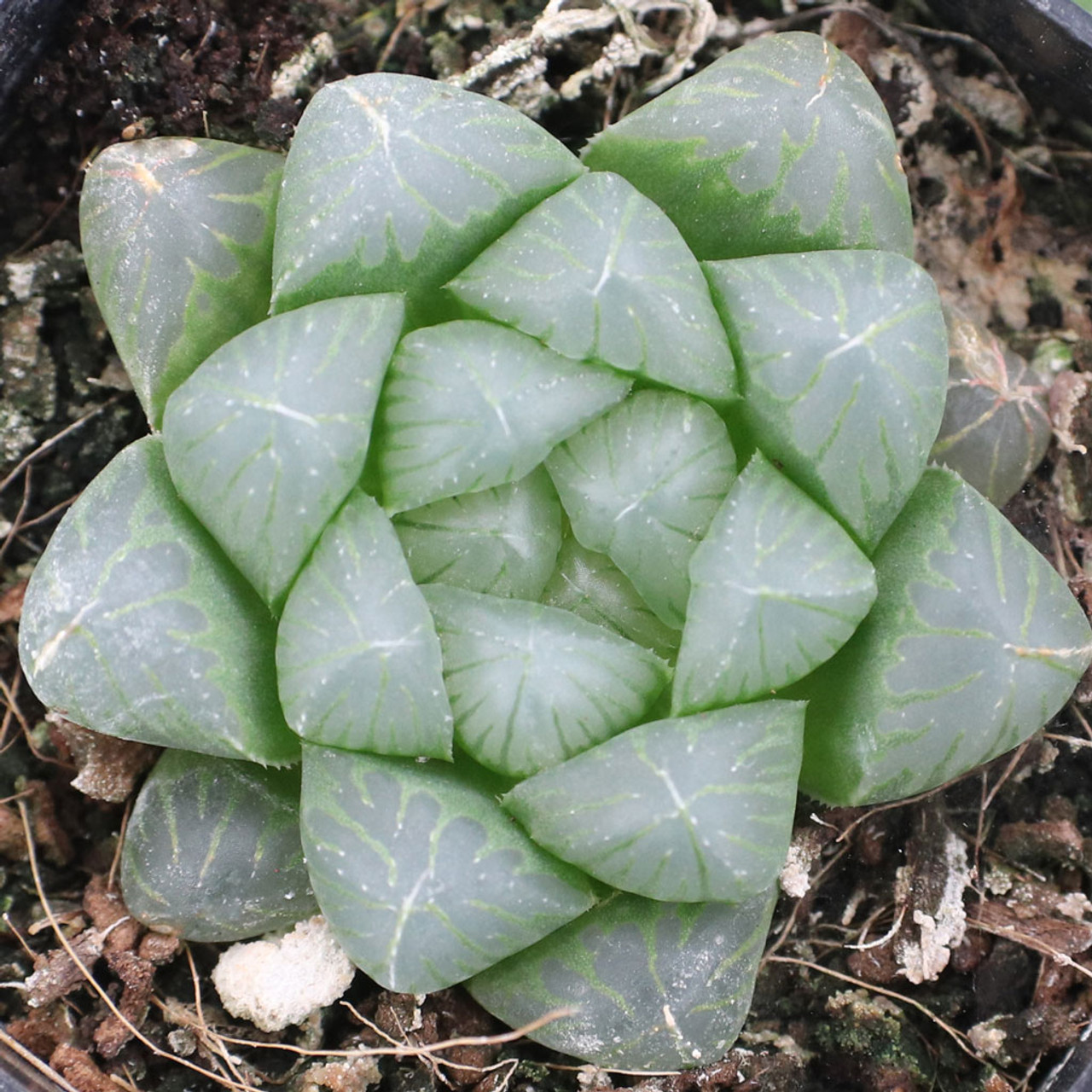
Haworthia cooperi var. truncata Mountain Crest Gardens™
Haworthia Revisited 55 (1999) Family: ALOACEAE. Haworthia cooperi var. truncata Photo by: K.k. Agrawal. This is a very quickly offseting and smaller growing form of H. cooperi with round-tipped lovely blue-green translucent-patterned leaves. Very attractive and can be propagated by rooting the offsets.

Haworthia Cooperi Var. Truncata eSucculent
Haworthia cooperi. Another very distinct species, Cooper's haworthia produces the typical rosette form, but with rounded tips complete with translucent windows that allow for light to enter deep into the thick mass of leaves. In the wild, these plants remain partially covered by soil to protect them from predators and water loss.